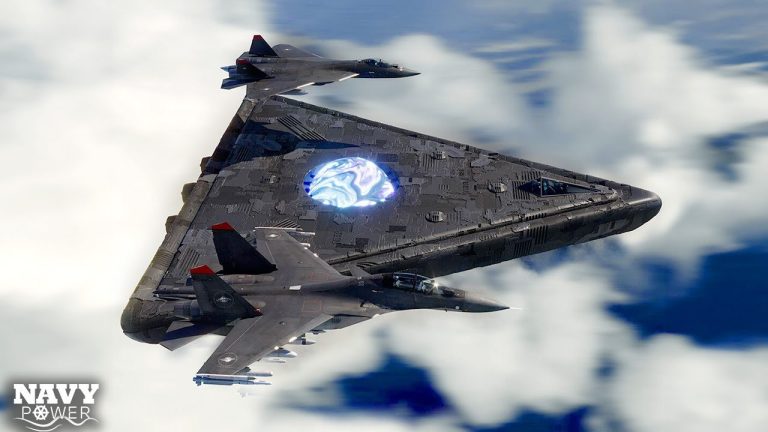On December 26th, China’s Aerospace sector marked a significant milestone with the test flight of its sixth-generation fighter jet, a development that could reshape the landscape of military aviation. This unprecedented event took place in Chengdu, where the new aircraft took to the skies, accompanied by its fifth-generation predecessor, the J-20, serving as a chase plane.

This latest fighter jet, described as a “strange-looking flying diamond,” exhibits several notable design features that may have substantial implications for both Chinese military capabilities and global air power dynamics. Initial observations suggest that the new aircraft boasts a wingspan of approximately 20 meters, significantly larger than the J-20’s 13-meter wingspan. This increase in size not only hints at enhanced fuel capacity but also suggests a design geared towards long-range operations, potentially aimed at extending China’s reach into regions like Guam.
The aircraft’s design includes highly swept-back wings and a distinctive diamond wing shape, reminiscent of the YF-23. These features are aligned with contemporary stealth requirements, aiming for a low radar cross-section and minimal protrusions to enhance concealment from enemy radar. The jet’s fuselage appears robust, indicating a substantial internal volume that could accommodate a lengthy weapons bay, possibly up to 6 meters, capable of housing advanced munitions like the PL-17 long-range missile.
Another remarkable aspect of the design is its engine configuration. The aircraft is equipped with three engines—an arrangement rarely seen in modern fighter jets. The side engines utilize belly and side intakes, while the central engine is fitted with a dorsal intake. This unique setup could indicate challenges in developing sufficiently powerful yet compact engines, leading designers to opt for a tri-engine solution. The implications of this configuration are still speculative but may include enhanced thrust and electrical generation capabilities to support advanced onboard systems.
While the aircraft is currently a prototype, its design reflects a significant leap in China’s military aviation technology. The absence of traditional vertical control surfaces suggests a shift towards a tailless design, which may impact maneuverability but aligns with the emerging trends in sixth-generation fighter development. Unlike their predecessors, these new aircraft may rely on unmanned drones for tactical maneuvering, allowing them to focus on air superiority and strike capabilities.
Experts have noted that this prototype could represent a substantial advancement in stealth technology, as China aims to achieve greater stealth capabilities than those currently available in its fleet. U.S. military officials have acknowledged China’s progress in this area, highlighting the potential for competition in the development of next-generation aircraft.
As the race for sixth-generation fighters intensifies, China’s successful test flight may position it ahead of the United States in terms of operational prototypes. With rumors of additional prototypes in the pipeline, the implications of this aircraft’s development are far-reaching, signaling a potential shift in the balance of air power in the coming years. While the specifics of the final design and its capabilities remain under wraps, the successful flight has undoubtedly set the stage for a new era in aerial combat technology.






